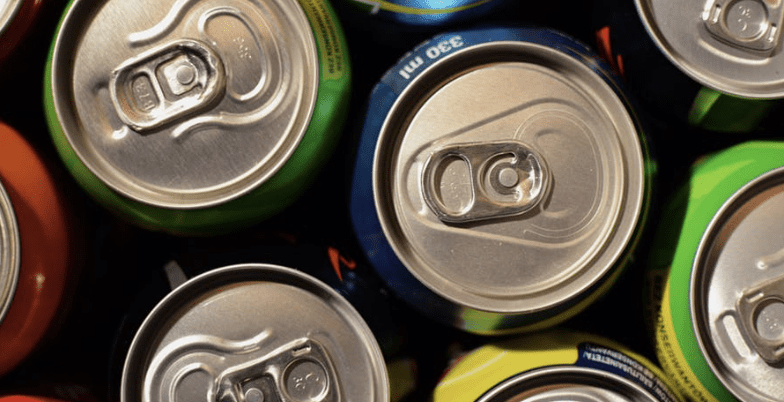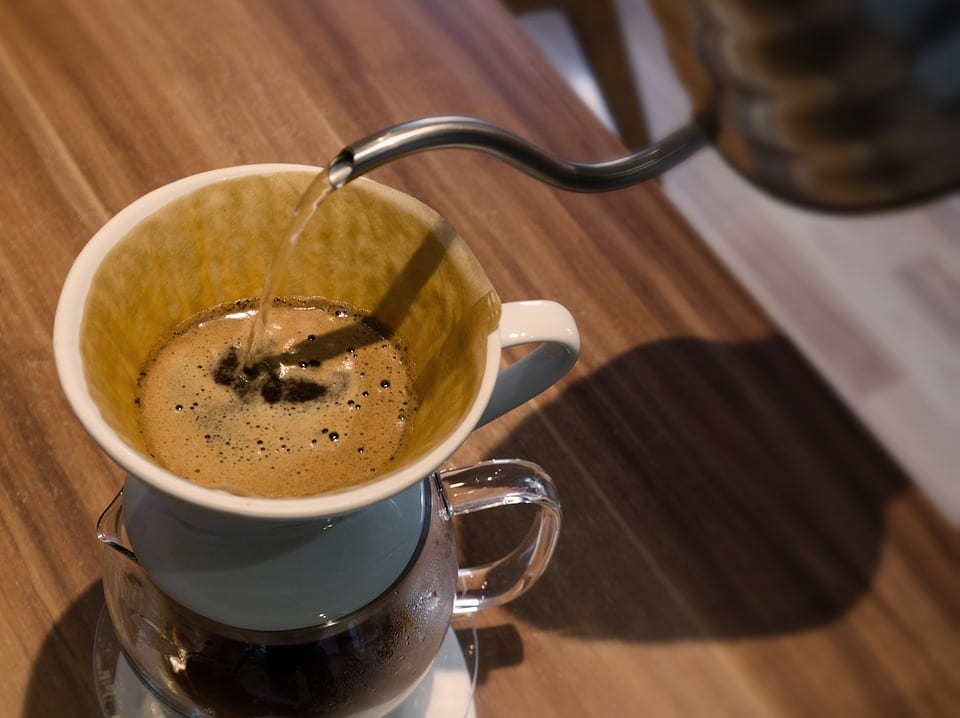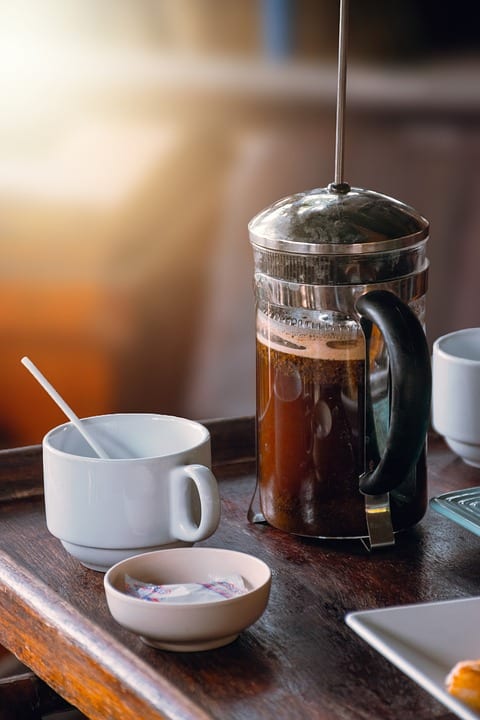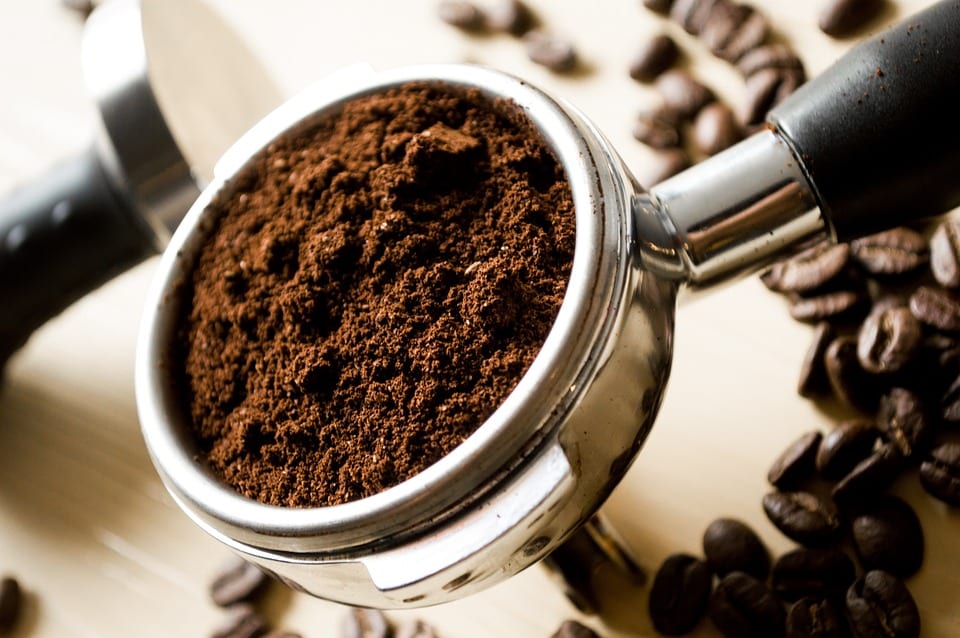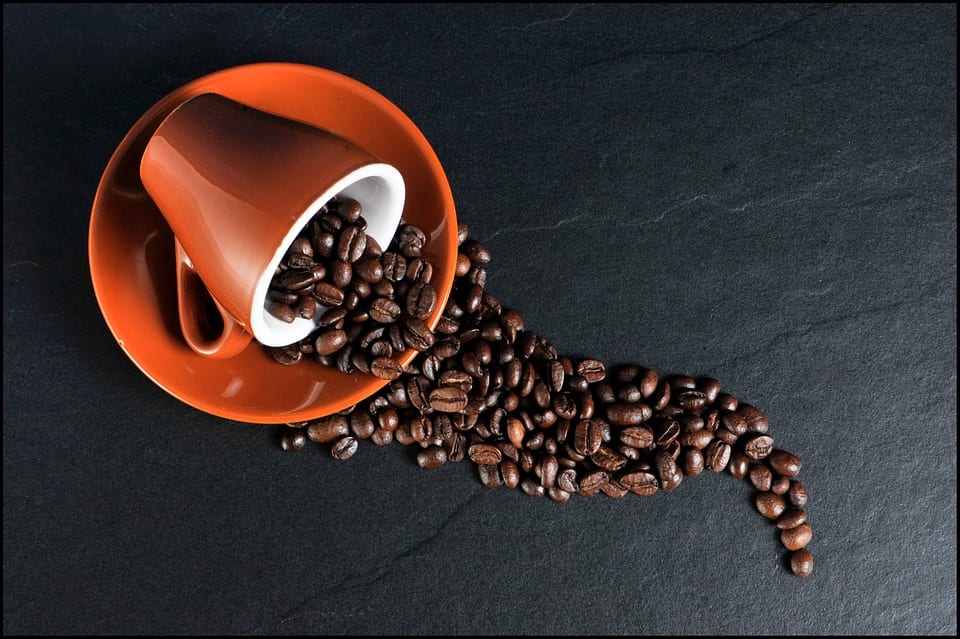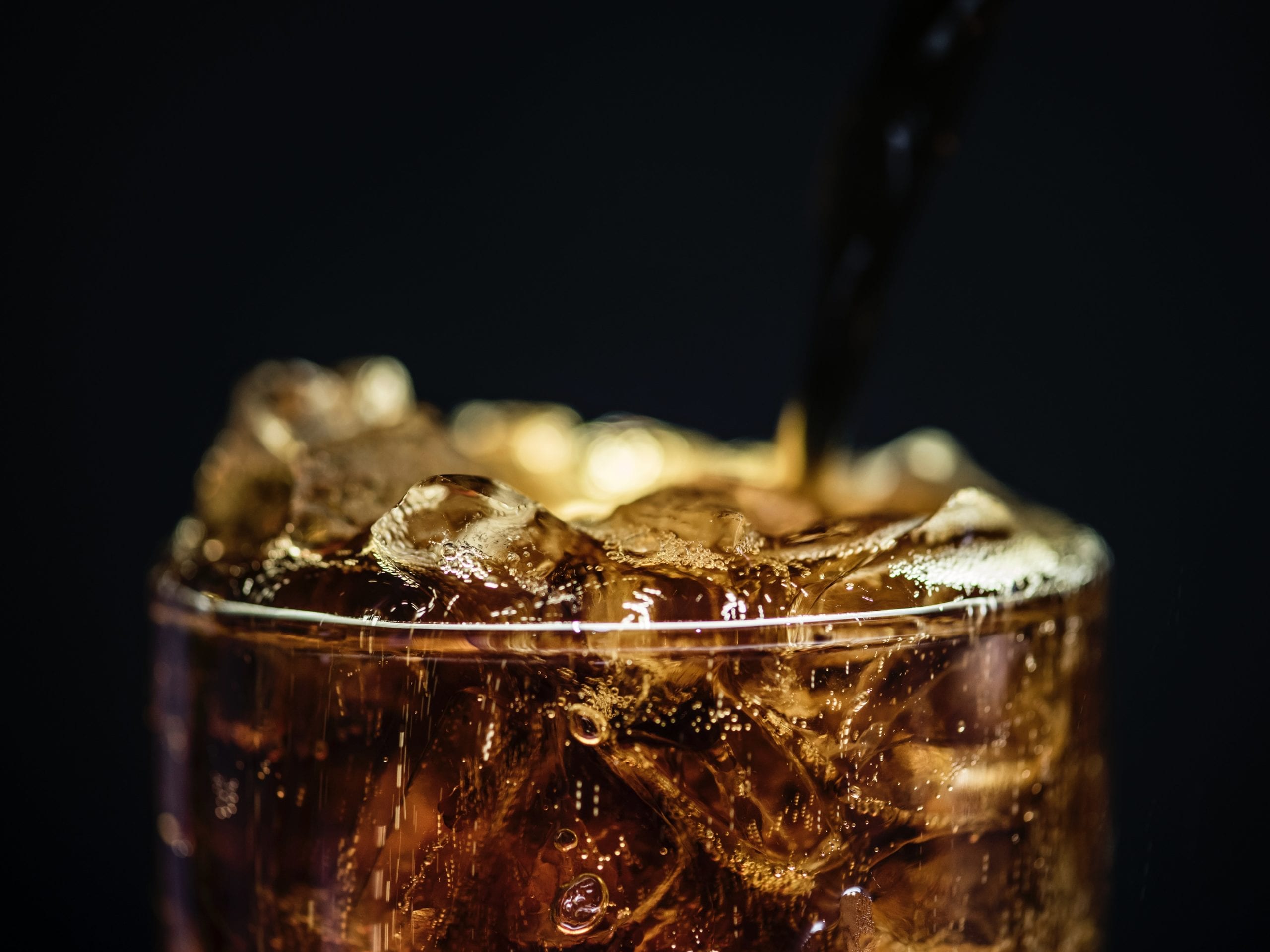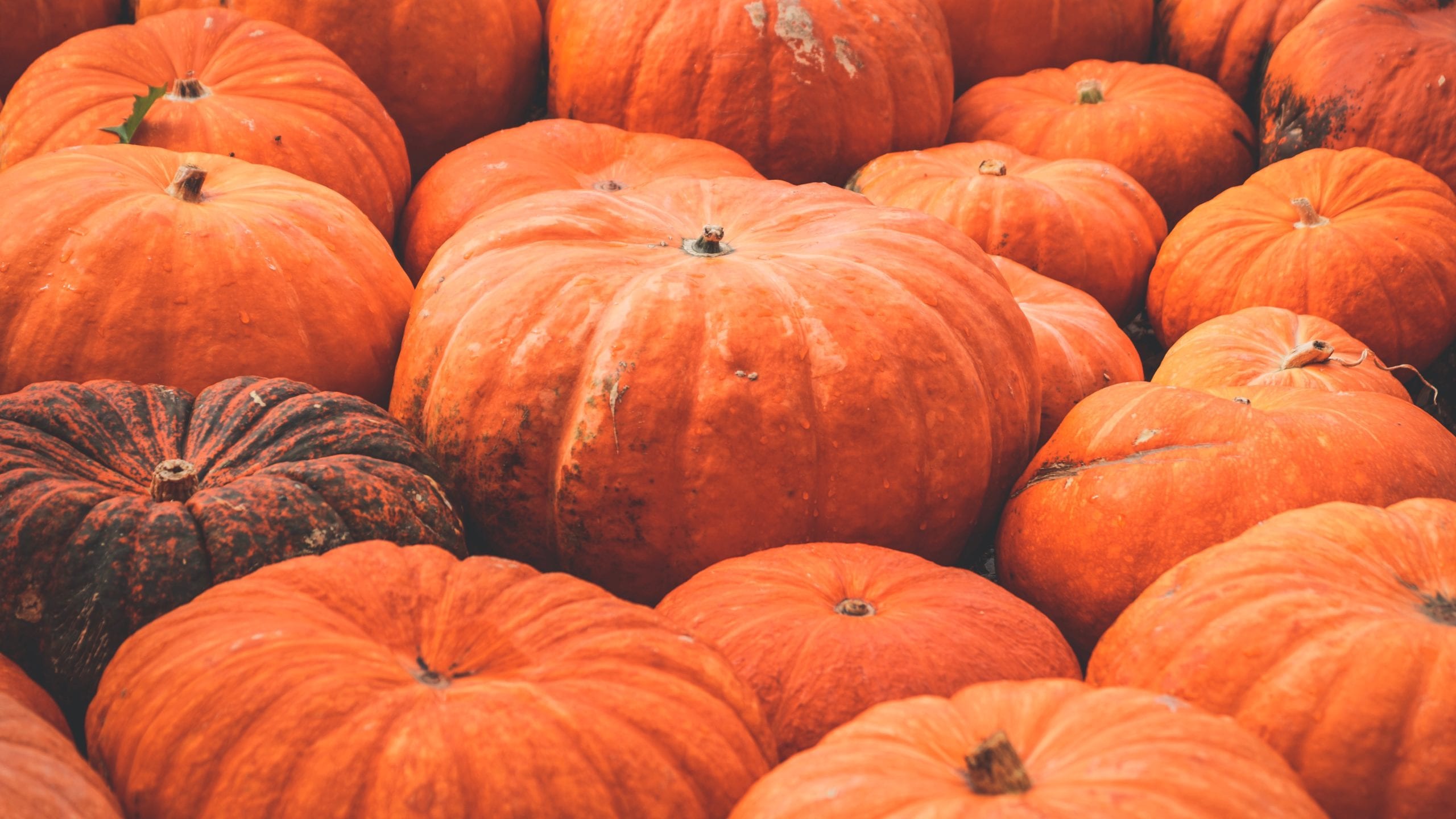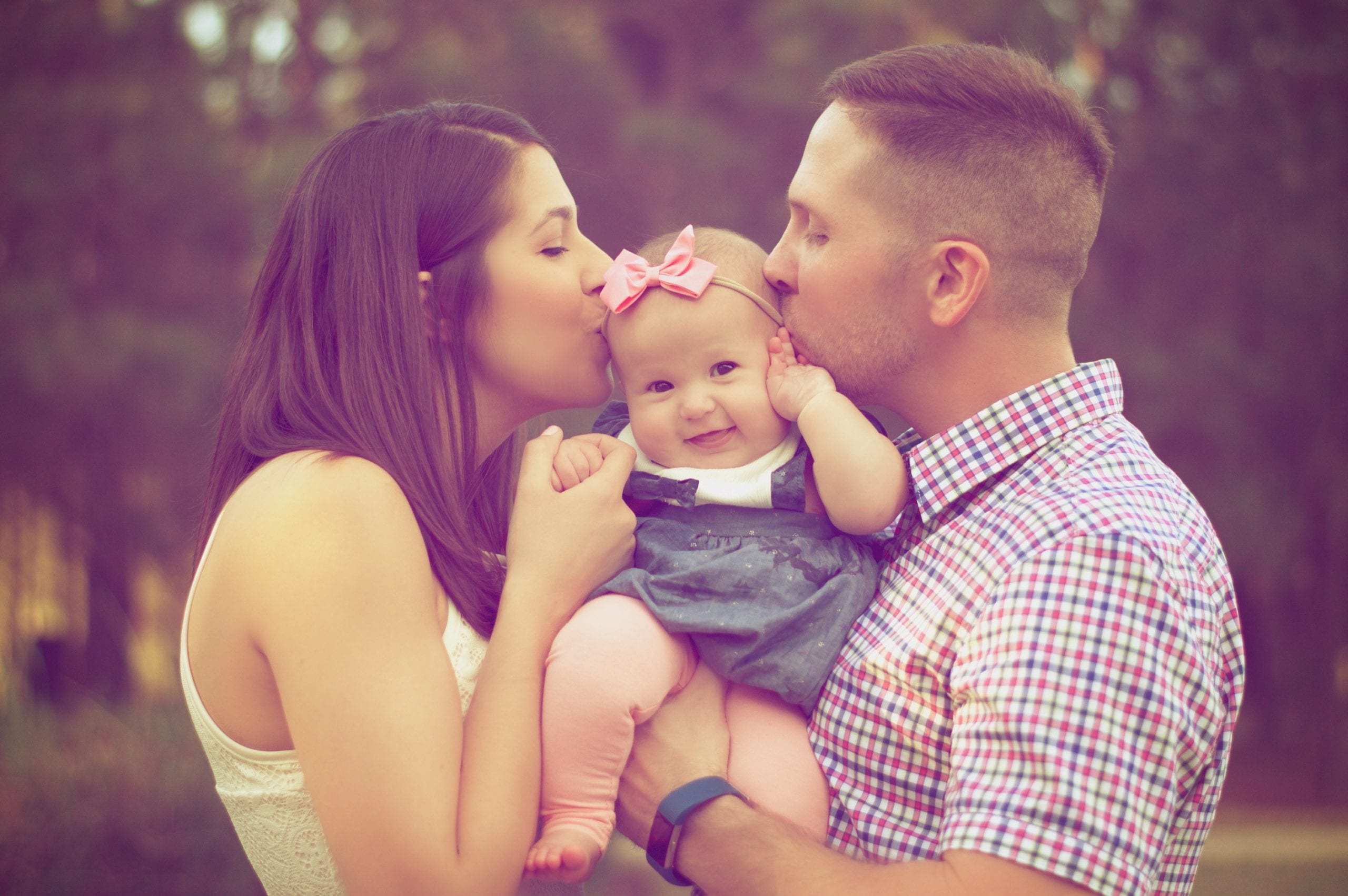I. Love. Starbucks!
I know how ridiculously expensive it is to go there almost daily… but I still do it because – and I cannot overstate this enough – the coffee is AMAZING.
Running over 24,000 retail stores, Starbucks ranks high on many people’s lists of the best coffee around. But have you ever thought beyond the cup and noticed the actual people behind the magic of that espresso pour?
Here are a few behind-the-scenes secrets of how Starbucks makes their magic bean juice.
Photo Credit: Pexels
1. Green aprons have meaning
You may think the grass green aprons are tied to the branding colors of Starbucks, but that color goes a little further. Think about a hospital. You might see people in blue scrubs, green scrubs, and white coats. It often correlates to status or position. Starbucks adopted a similar technique to help their senior members stand out. According to another partner,
“Black aprons were given during a time when something called a Coffee Master program was in effect. People with those aprons worked very hard to learn everything about coffee through Starbucks. Starbucks had a program partners could receive certification through that involved lots of courses and training and coffee tastings. They’re the people to ask about types of coffee beans and teas. It’s also an indicator they’ve been with Starbucks a while because the program has been cut, at least in the U.S.”
Photo Credit: Pexels, Negative Space
2. Beans can be green, too
“Green Beans” are new employees of Starbucks. Those wide-eyed newbies are a part of the company-wide training program to keep turnover low. Each Green Bean is paired with a senior employee who shows them the ropes of all things coffee. This is a big job for trainers! Starbucks finds that the more dedicated and patient the senior member, the longer the retention of the new employees.
3. Don’t call them baristas
The Starbucks company refers to its people as partners. You might wonder why the professionalism of the boardroom makes an appearance at the counter. Well, the execs actually use this terminology correctly:
“We’re referred to as ‘partners’ because a year into our employment, we get a small percentage in the company, so we’re all stock partners,” says AJ, a partner in Florida.
And that’s not all. Partners receive health care and 401k benefits, and in some areas can cash in for courses at an online university. Not too shabby!
4. Funny names are, well, not funny
I’m sure the partners of Starbucks have heard every possible answer when they ask, “What’s your first name for your order?”
But when it comes to names such as Superman, Batman, and “Daddy”, the baristas don’t want to hear it. So much so, that you may never hear your fake name called – they will simply read off the drink order. Be unique, give your real name.
5. “…Where everybody knows your name.”
Hearing the Cheers theme song? I’m sure you have, when walking into your favorite Starbucks to order for your Venti, half-caff, soy Latte, not one-degree over 120. Which, of course, they are already making before you hit the counter to order. And as they ask you how your daughter’s prom went and how “Johnny” did at the basketball game, it makes you warm and fuzzy inside that they remembered. All of this is what Starbucks strives for — “customer connections.” It’s all about being genuine, and employees are actually rated on this.
Photo Credit: Pexels, Thitaree Sawettatat
6. They are not “Coffee Artists”
Coffee art is all the rage, from four-leaf clovers to simple hearts made in latte foam. Partners can make these on request, but it isn’t their forte. Because of the size and shape of their pitchers, the milk froth isn’t at spec for beautiful designs. So save the special requests for your drink, not the foam.
7. Don’t fret about drink sizes
Venti? Grande? What are these sizes? After all these years, it is still completely normal for customers to be confused. But don’t fret, the partners won’t hold it against you. They understand they have been criticized for these faux-Italian terms, and if you order a small or large, they will still get you the right size.
8. Revenge is best served decaffeinated
No partner of Starbucks would ever mess with your brew in a bad way. But it has been said that rude customers sometimes feel a little less than energized after finishing their supposedly high-octane venti. If so, they may have been subject to “decaffing.” When your attitude really annoys the barista, they may swap your beloved caffeine with decaf.
Ouch.
Photo Credit: Pexels, Chevanon Photography
9. Dog-friendly
Starbucks is dog-friendly, at least in the drive-thru. They can provide a free puppacino to the four-legged friend in your back seat – all you need to do is ask! The only ingredient: whipped cream. A delicious treat for any dog, and it helps the employees to alleviate the temptation of petting the furry friends. For safety/health regulation reasons, they can’t touch the dogs, but they can give them a treat!
10. Employee Bean Perks!
Forget the 401k package and stock shares – bring on the FREE coffee! This may be one of the biggest perks for employees and also the biggest downfall. Whether the employees are trying new drinks or refreshing themselves = after filling orders, a new employee’s caffeine intake can skyrocket! How do they sleep at night?
“On days I don’t work, I still drink one to four cups a day or I’ll get a splitting headache,” M (a partner) says. “On days that I work, it can be the same to more, but the caffeine doesn’t help with alertness anymore. It’s lost its benefit.”
The post 10 Secrets Starbuck Employees Want You To Know appeared first on UberFacts.





